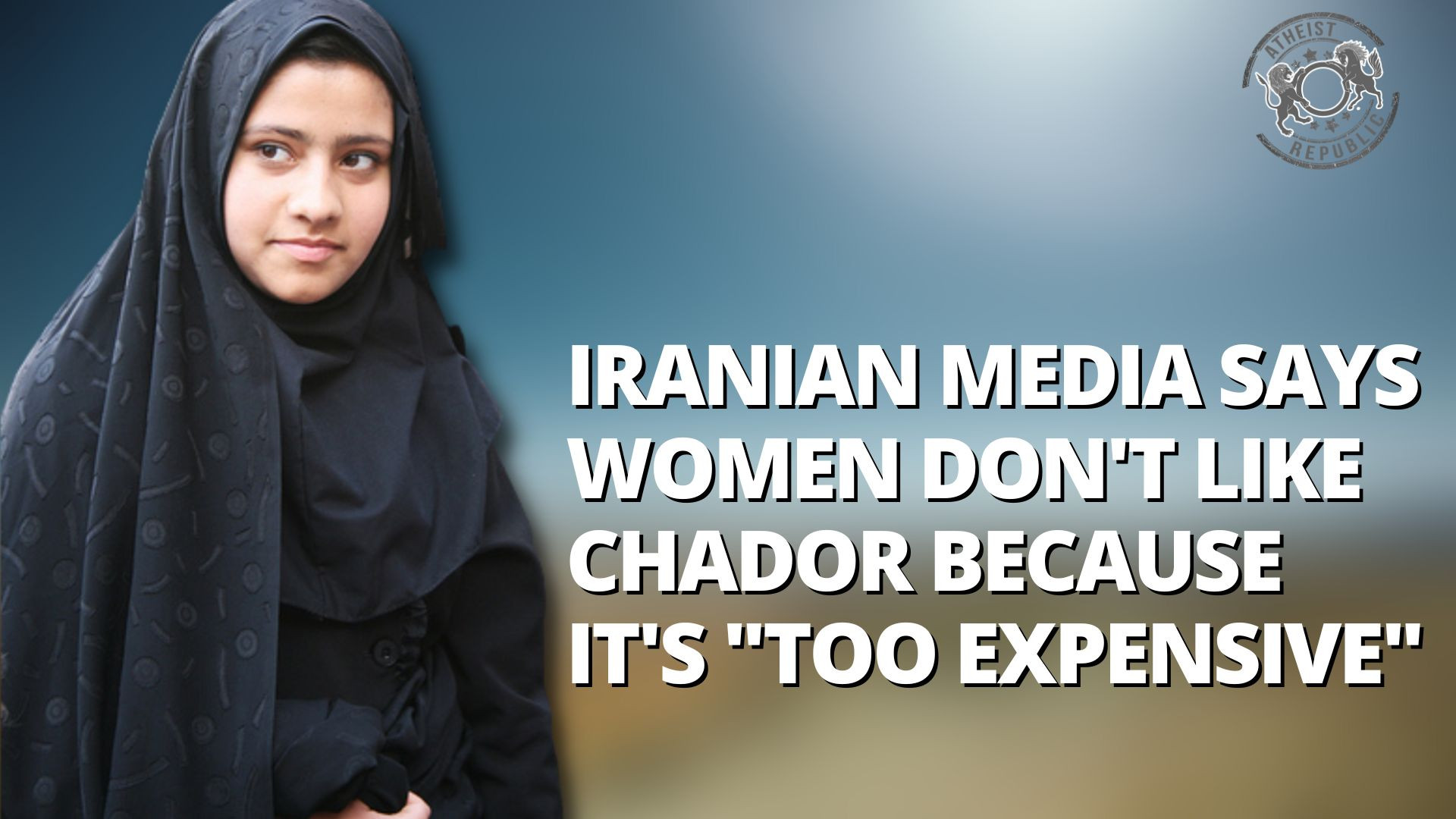
On July 9, the IRGC (Islamic Revolutionary Guard Corps) owned Fars News Agency published an article that stated that the country’s women were not against wearing the “preferred” black chador but simply could not afford one. On July 16, the news agency repeated the assertion in an article titled “Why Black Chador Isn’t Sold at Government Prices.”
“The Islamic hijab is the most expensive covering, the most difficult to both find and afford. Not only have we failed to manage patterns of consumer behavior in society and to lay the appropriate groundwork, but our adversaries have planned how to exploit them and have directed the garment industry and market towards their own goals,” reads a statement from the newspaper Resalat on July 22.
In fact, in March 2021, Iran opened its second black chador factory. “The factory has the capacity to produce 5 million meters of black chador per year in the first phase. We predict to be able to reach a 10 million meter capacity by the end of the next Iranian year (March 2022)”, said Mohammad Ali Shafiei, the factory CEO.
Private sector opens #Iran’s second black #chador factory in #Isfahan
The factory has the capacity to produce 5 million meters of black chador per year in the first phase. The production is expected to reach 10 million meters in one year.https://t.co/Q4iEVW5ijL— ICCIMA (@IranChamber) March 21, 2021
Iranian women have lived under the Islamic dress code since 1981 when the hijab became compulsory. Over the last few years, women have gotten bolder about showing their discontent.
In 2014, Iranian journalist and activist Masih Alinejad kicked off “My Stealthy Freedom” on Facebook. It grew to be a huge campaign challenging the compulsory hijab law. Women were encouraged to send in photos “bareheaded,” and many did.
In 2017, the campaign started the White Wednesday initiative. “By taking footage of themselves wearing white, women can show their disagreement with compulsion,” explained Alinejad. The campaign’s social media now has over 7 million followers, of which 80% are in Iran.
This is a revolution against gender apartheid
Iranian women risking their lives to say no to compulsory hijab one of the main pillar of a religious dictatorship
Will the world support the women of Iran & Afghanistan?#MyCameraIsMyWeapon#WhiteWednesdays pic.twitter.com/z8M6hfCSnz— My Stealthy Freedom (@mystealthyorg) December 22, 2021
Although the Islamic Republic maintains that the “chador is the best hijab,” Iranwire’s Samaneh Ghadarkhan says the number of women wearing chadors is decreasing, and it’s not about the price.
According to an Iranian small business owner who makes chadors, “High-quality black chador cloth starts at $2.50 per meter when it's not decorated, and goes up to $4 per meter when it is. A person of average height needs 6 meters.”
A business journalist in the country said, “Hair salons charge around $94.50 for trimming and coloring. An ordinary black chador costs less than $31.50. So any change in women’s behavior is not down to price.”
Some of the women who have been punished for removing their hijab include Yasmin Ariani, who received 16 years in prison, and Saba Kordafshar, who received 24.
According to Neyereh Tohidi, professor of Gender and Women Studies at California State University, “History has shown that the time for governments to dictate what people can and cannot wear has passed. Even in communist China, where for years people were pushed to wear a certain uniform, they gave up. It goes against human nature and has no result but hatred, anger, and discontent.”
